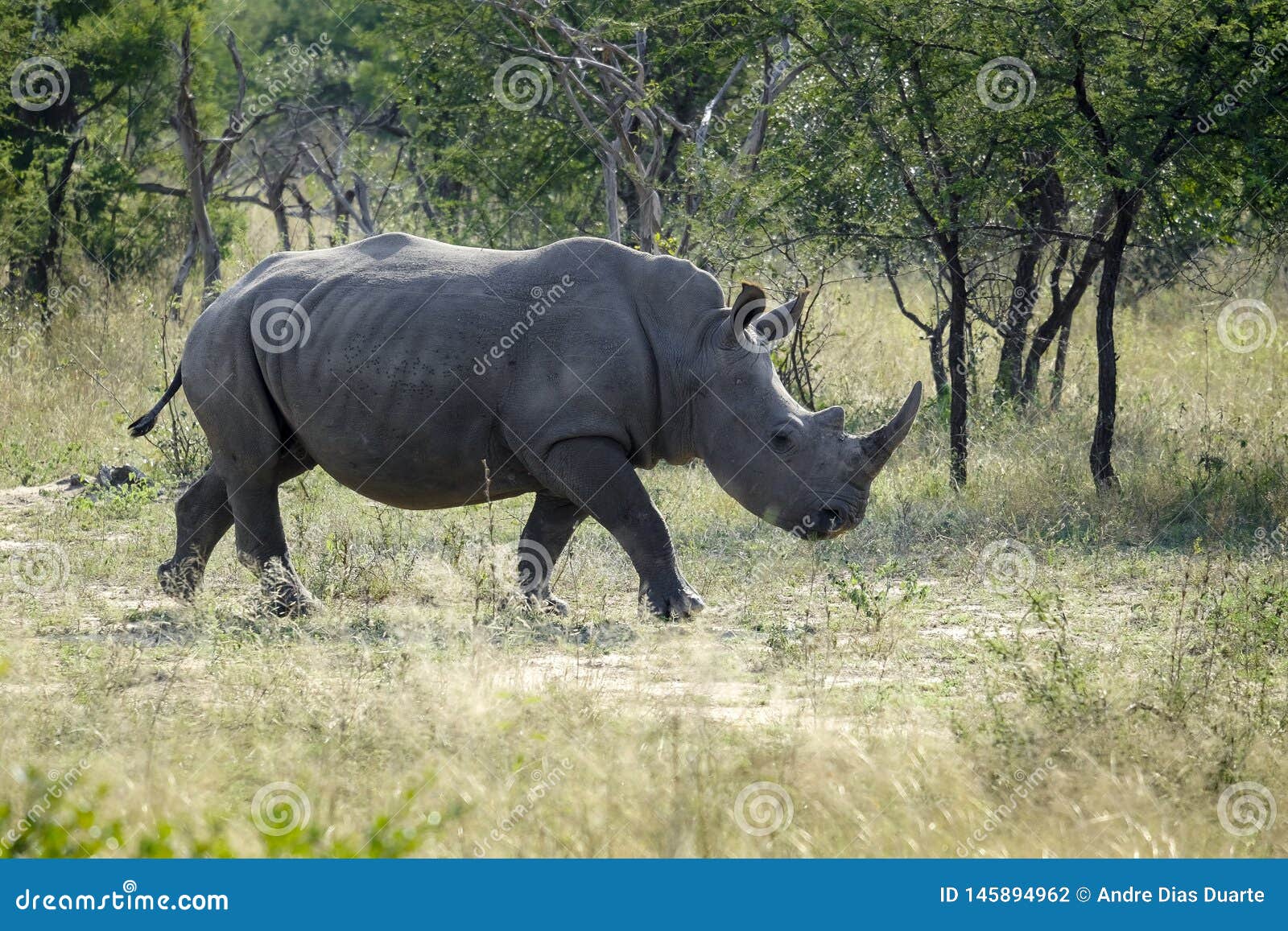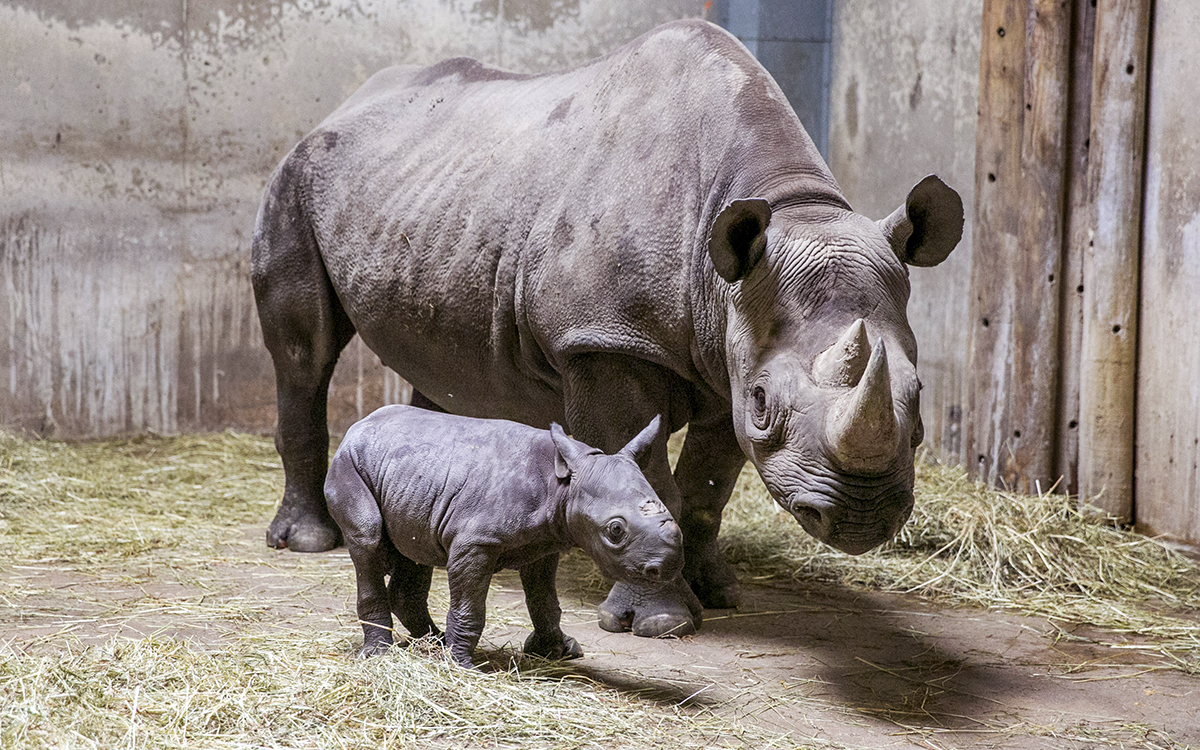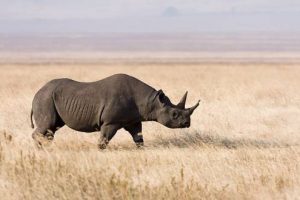

Its demise came largely as the result of hunting for its horn and habitat loss. This subspecies was reported from several countries, and also has vanished. The numbers were not in its favor, however, as only a handful of animals had managed to hang on, and it was only a matter of time and government neglect before the fate of this subspecies was sealed by a poacher’s bullet.Īnother rhino subspecies, Diceros bicornis longipes, the western black rhino, once roamed the woodlands and savannas of west-central Africa.

Ironically, this subspecies had already been written off more than 20 years earlier in 1988, just before the Cat Tien population was discovered. This female was the last known survivor of the subspecies Rhinoceros sondaicus lasiotis. The victim was found in Cat Tien National Park, shot through the leg with its horn chopped off. In Vietnam, the last Javan rhino from mainland Asia lost its life to poachers in April 2010. So while it is a conservation tragedy to lose a subspecies, the loss of an entire species is incredibly more serious in evolutionary terms. The characteristics attributed to subspecies usually have evolved as a result of geographic isolation. The differences between subspecies are usually less distinct than the differences between species. Organisms that belong to different subspecies of the same species are capable of interbreeding and producing fertile offspring, but they often do not interbreed in nature because of geographic isolation or other factors. Think of it sort of as a “nested” system. A subspecies cannot be recognized in isolation: a species will either be recognized as having no subspecies at all or two or more (including any that are extinct), never just one. Presence of specific locally-adapted traits may further subdivide species into “infraspecific taxa”, generally called subspecies.

A species can be defined by many different measures, including similarity of DNA, morphology, or ecological niche. A species is one of the basic units of biological classification – a group of organisms capable of interbreeding and producing fertile offspring. The difference between a species and a subspecies tends to cause a lot of confusion when extinctions are reported by the media. It also seems to have refocused attention towards recent rhino extinctions.įortunately, we have not lost any rhino species in recent times, but at least two rhino subspecies have been lost in the past decade. The International Rhino Foundation’s (IRF) commentary on this auction can be found on our home page, The debate touches upon the broad spectrum of hunting activities, which range from the culling of selected animals to the unregulated, illegal slaughter we know as poaching, which threatens the very existence of a number of critically endangered species. The emerging debate around the recent announcement of the Dallas Safari Club’s plans to auction a trophy hunt for a critically endangered black rhino in Namibia has touched off a firestorm of comments from concerned individuals and organizations around the world.


 0 kommentar(er)
0 kommentar(er)
